A Week in the Bush Vol. 554
on Jul 02, 2025Our main goal early one morning was to find a leopard. As we drove through the reserve scanning for tracks and signs, we were thrilled to spot the Golonyi female stalking a group of impalas as she crossed the road. We followed her quietly for a while, but the impalas eventually caught her scent and moved off. Unbothered, she continued and disappeared into a thick drainage line — likely where she’ll spend the rest of the day, and where she’s also stashed her cub for safekeeping.
Leopards are solitary hunters and typically leave their cubs behind during hunts in the early months. Around six months old, however, the cubs begin observing their mother as she hunts, gradually learning the ropes. While they eventually start joining her, they’re often clumsy at first - each failed attempt becoming an important lesson.
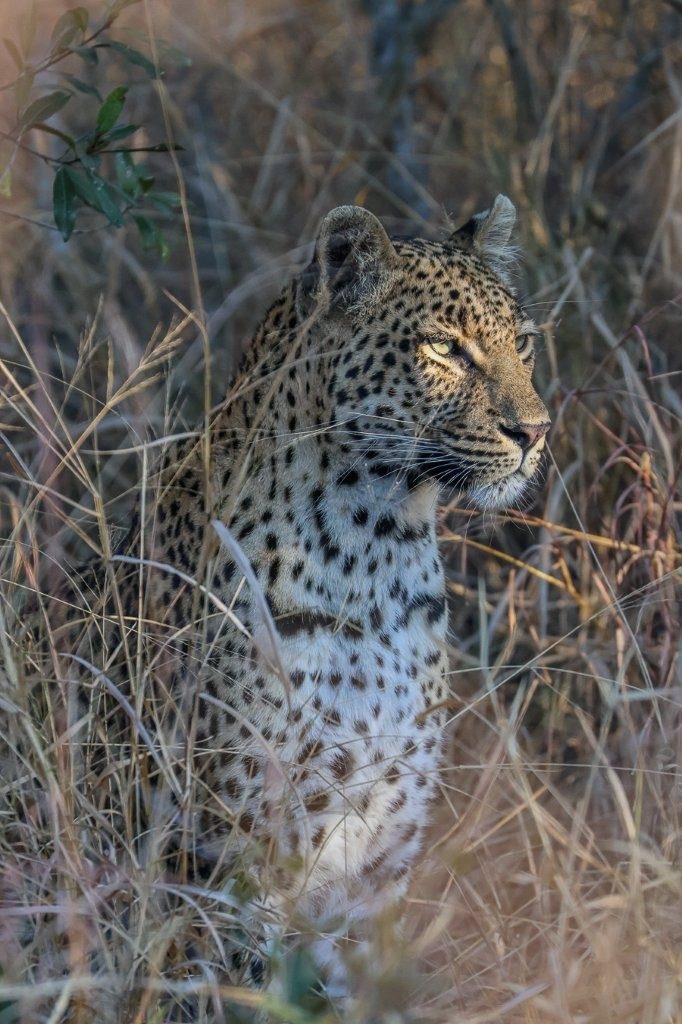
The Khulwana male leopard moved with quiet confidence through the thickets, pausing to rub his face against tree trunks and spray scent on the bushes - each gesture a silent message to other leopards. Although not yet dominant, his steady, purposeful marking revealed a young male with bold ambition, staking his claim in a competitive landscape. Every scent mark was more than a boundary; it was a ritual of maturity, a statement of intent in the solitary life of leopards. Whether he will succeed in securing this central stretch of the reserve remains to be seen, but for now, he is unmistakably announcing his presence, one deliberate step at a time.
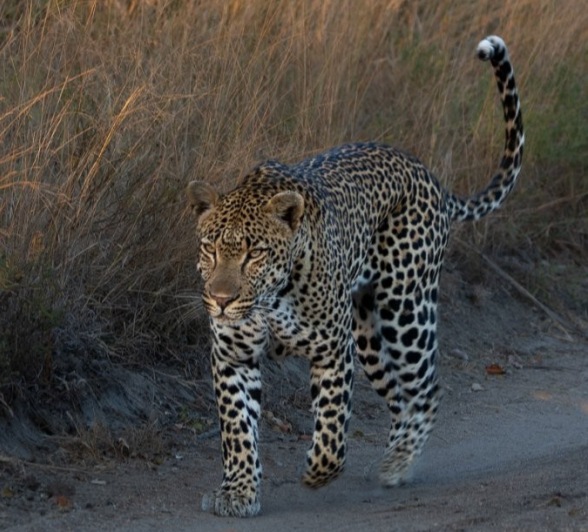
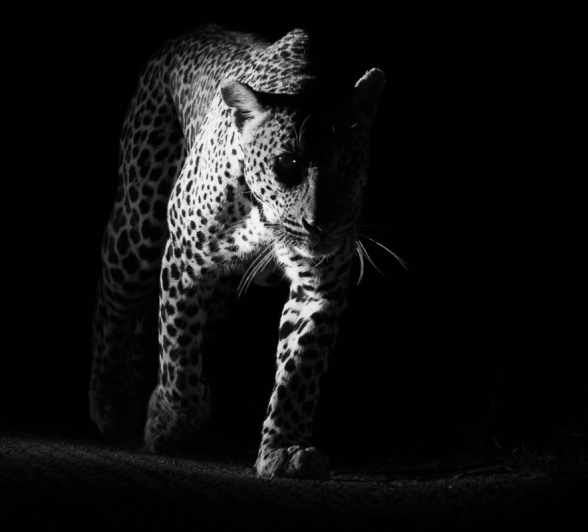
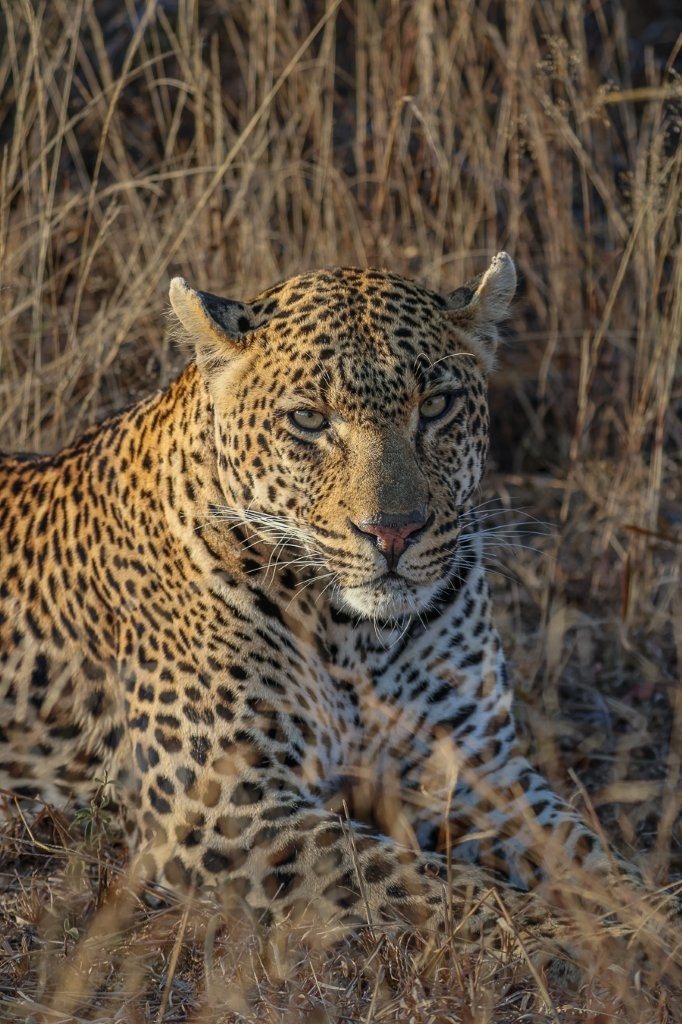
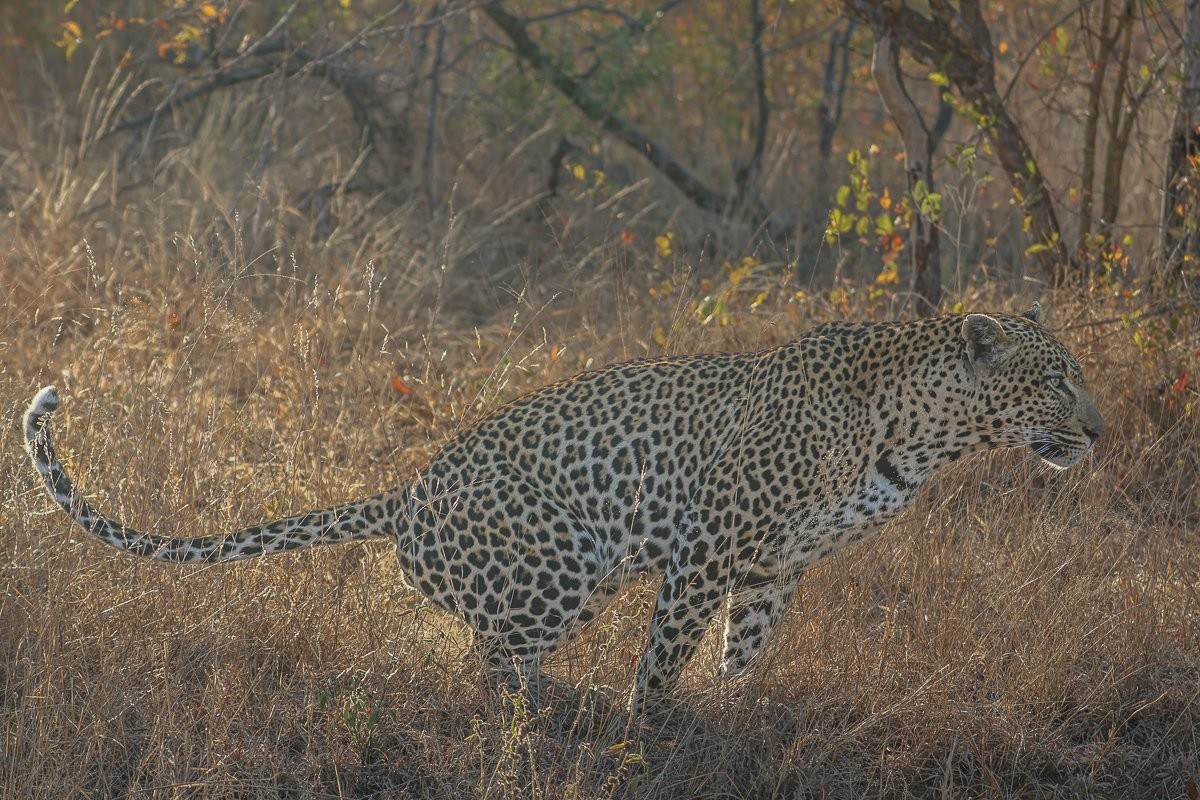
On many occasions, leopards have been observed rubbing their faces or bodies on buffalo dung and other animal droppings. While this might seem unusual, it likely serves important biological and behavioural purposes. One possibility is that leopards use the dung to mask their own scent, helping them to approach prey more stealthily. Prey animals may be less alarmed by the scent of herbivore dung than by that of a predator. Additionally, scent-masking could help leopards avoid detection by rival predators or other leopards, allowing them to blend more effectively into the scent environment.
As we approached the Sabie River, we came across tracks from a large herd of buffalo crossing into our reserve. Our excitement grew when we discovered fresh lion tracks over the buffalo’s - evidence that a pride was trailing them. While we scanned the area to determine the direction of movement, we suddenly heard the buffalo in the distance.
We quickly moved closer and found the breeding herd of buffalo with the Southern Pride hot on their heels. We sat quietly, observing as the younger lions attempted to position themselves for an ambush, but they were spotted by one of the buffalo and swiftly chased off. Unfazed, the pride kept following the herd, biding their time and waiting for the buffalo to settle for the night. As dusk fell, we left the scene and returned to the lodge.
The next morning, we followed up on the events of the night and were surprised by how far both the lions and buffalo had moved. We tracked them for most of our game drive and eventually found the point where the lion tracks veered away from the buffalo’s, signalling an unsuccessful hunt. Not long after, the Southern Pride was seen again as they moved into the thickets, clearly exhausted and searching for a place to rest after a long and unsuccessful night.
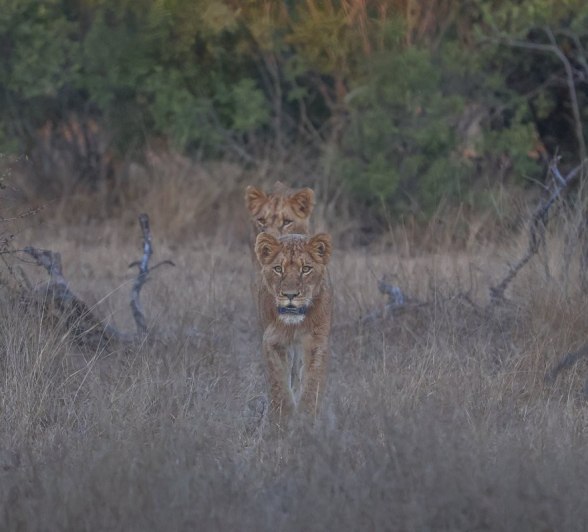
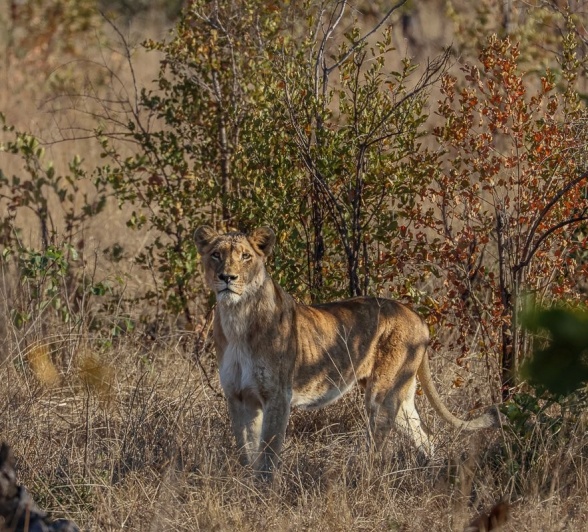
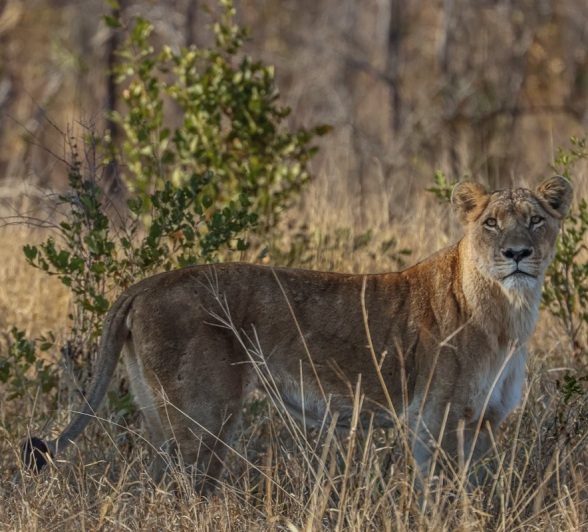
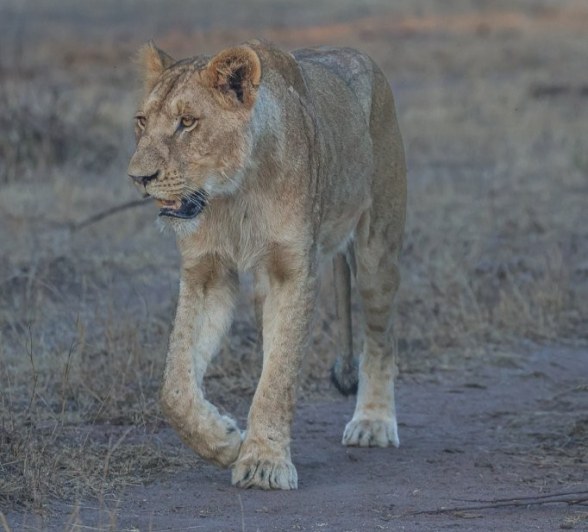
We decided to follow up on the Southern Pride once more after discovering their tracks alongside those of a large breeding herd of buffalo. After a brief tracking session, we located the herd just as they were beginning to stir from the cold night. As the first light of sunrise broke, we spotted several members of the Southern Pride strategically positioning themselves around the buffalo, signalling that action was imminent.
Some of the sub-adults, driven by impatience, prematurely charged at the herd. The buffalo, especially vigilant with so many calves among them, responded swiftly by charging back at the lions. What followed was a tense series of advances and retreats, with the buffalo determined to protect their young. Eventually, the lions, realising the hunt had failed, retreated to find shelter for the day. The Southern Pride will need to make a successful kill soon, as they haven’t fed in several days.
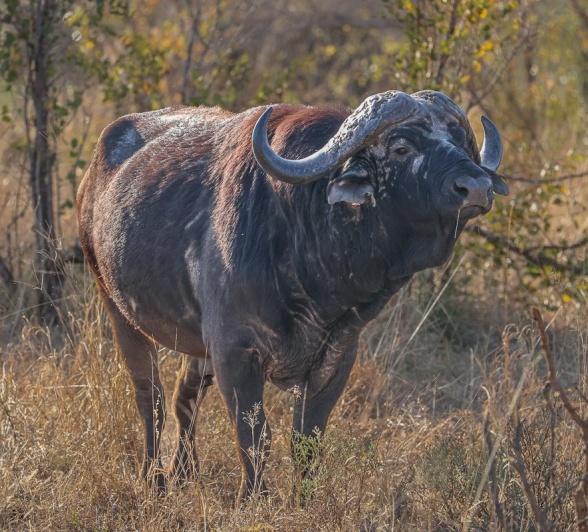
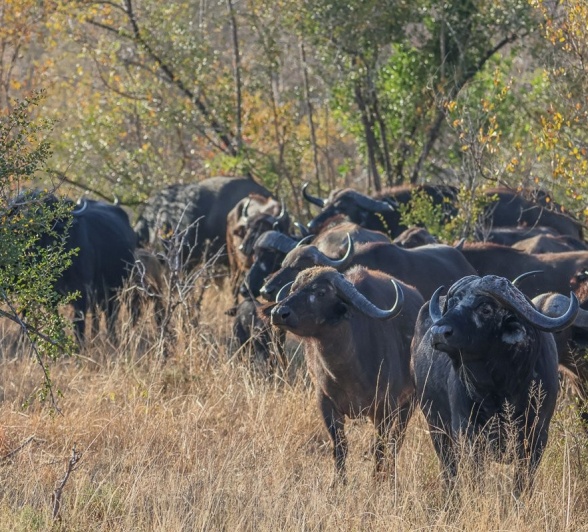
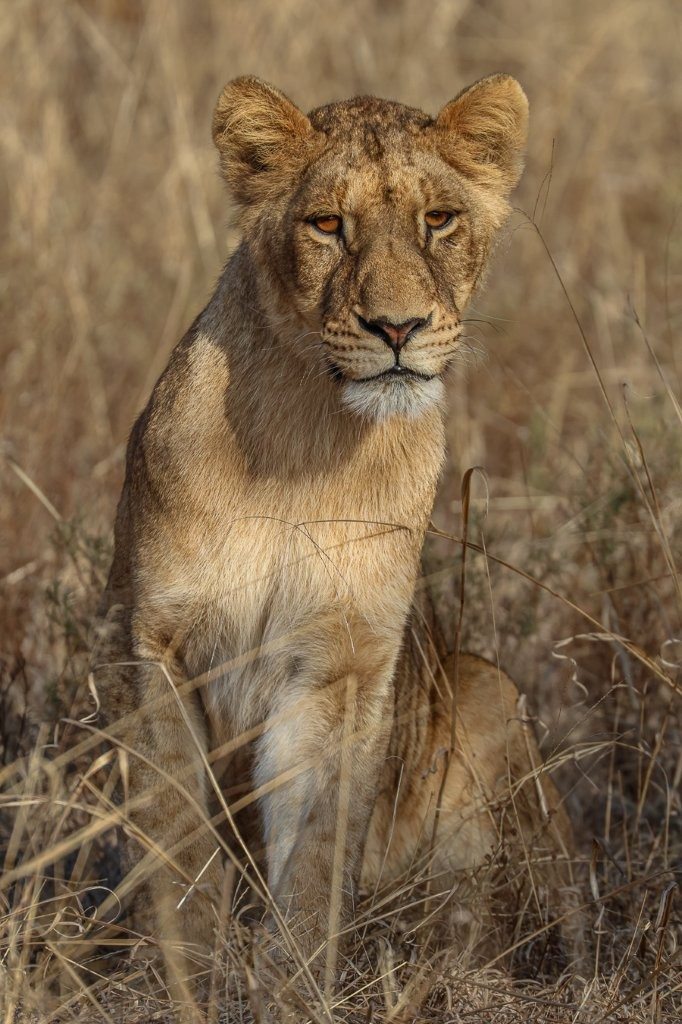
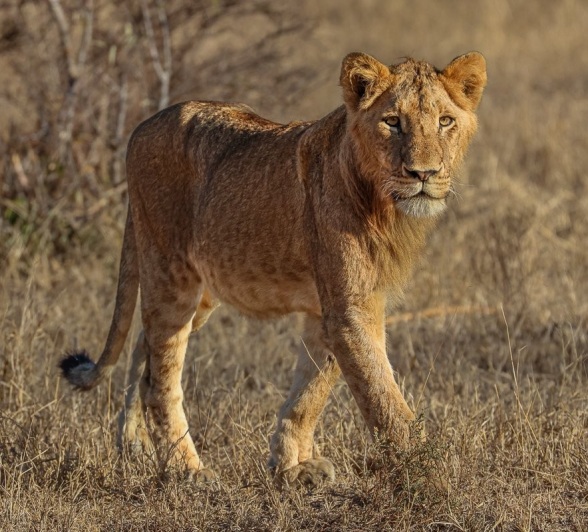
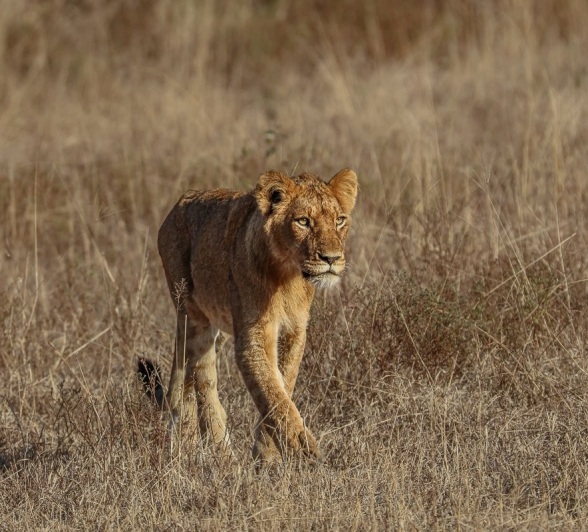
The Msuthlu Pride sub-adults were resting in a large open area, soaking up the warmth of the late afternoon sun. These young lions have likely fallen behind from the rest of the pride but are expected to reunite after sunset. When lion prides split up, it’s common for the separated individuals to follow the scent trail of the others, while the main group may backtrack in search of them. They will also use contact calls to help locate one another and regroup, restoring the pride’s full strength.
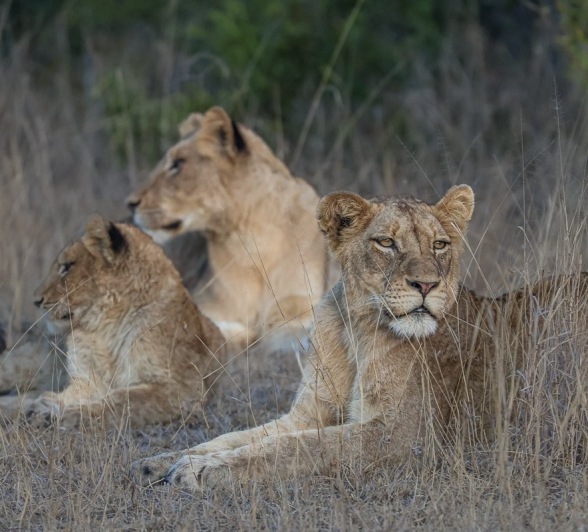
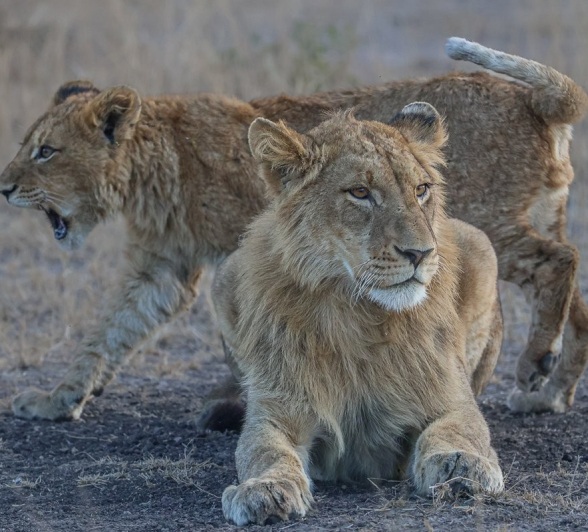
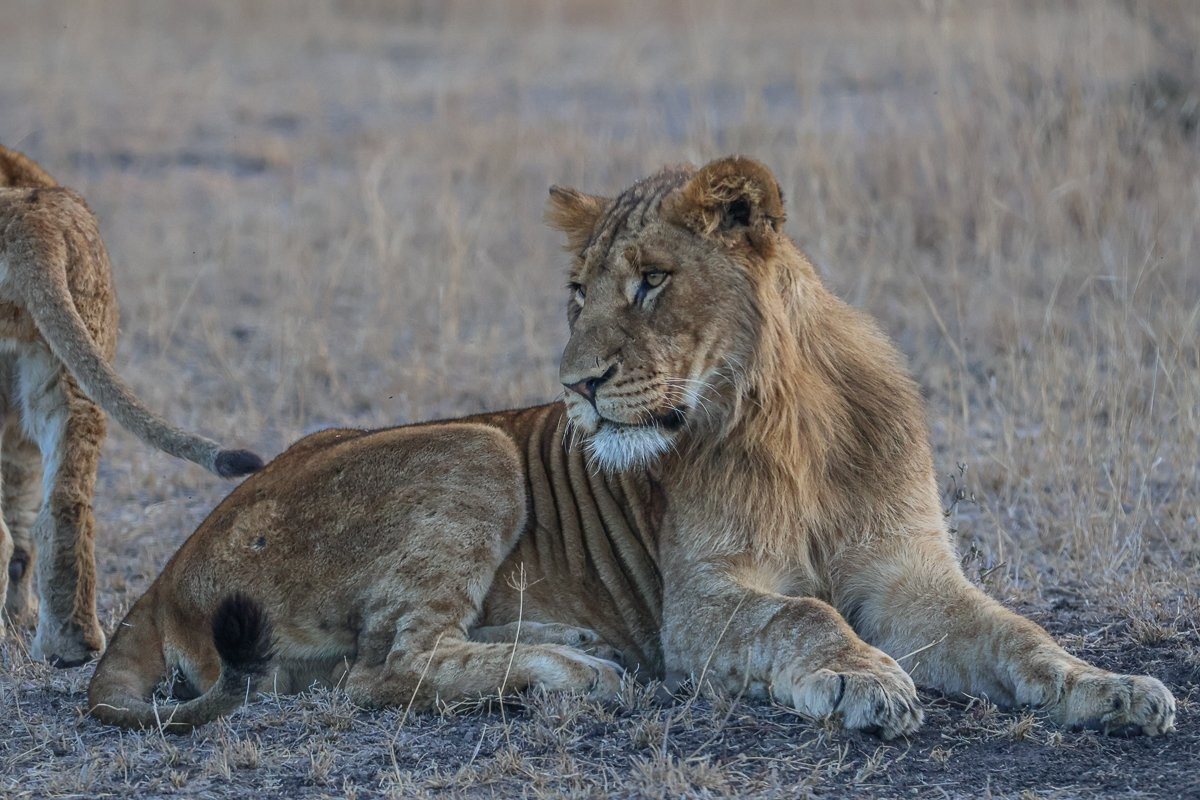
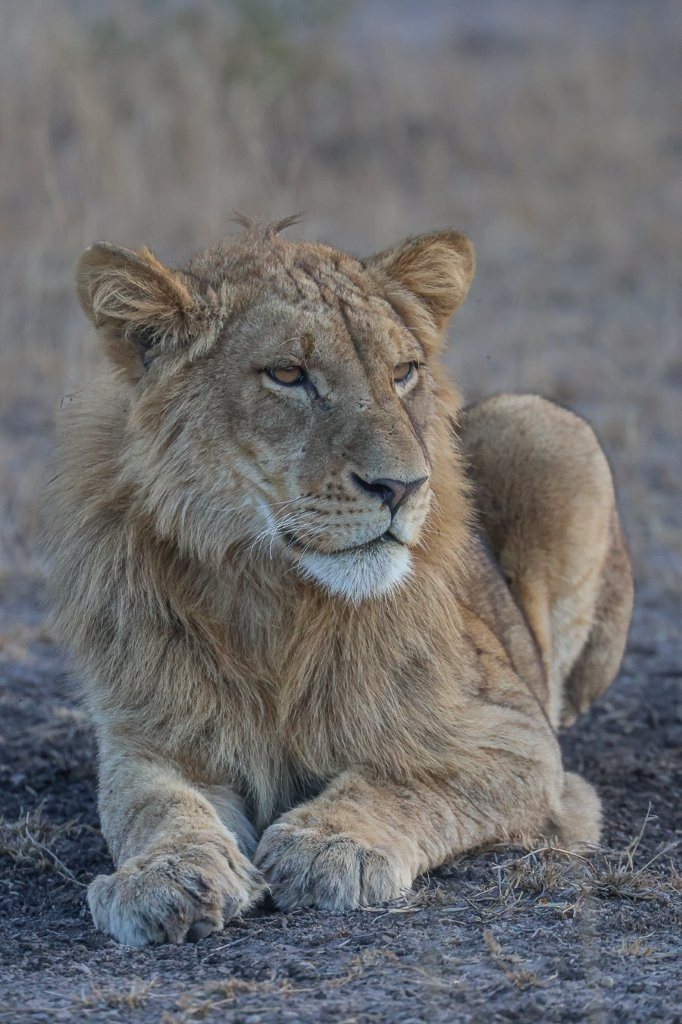
Leaving Earth Lodge early in the morning, we quickly picked up fresh lion tracks and began our tracking exercise. Before long, we heard the distant bellowing of a buffalo herd and moved in that direction. We soon located the pride, fully focused on the buffalo in the distance. They were carefully using the terrain for cover and positioning themselves downwind to avoid detection.
Only time will tell whether the pride will succeed in making a kill and if they do, whether they'll be able to enjoy their hard-earned meal. They’re currently within the territory of the Southern Pride and will be doing everything they can to avoid being discovered by the resident lions.
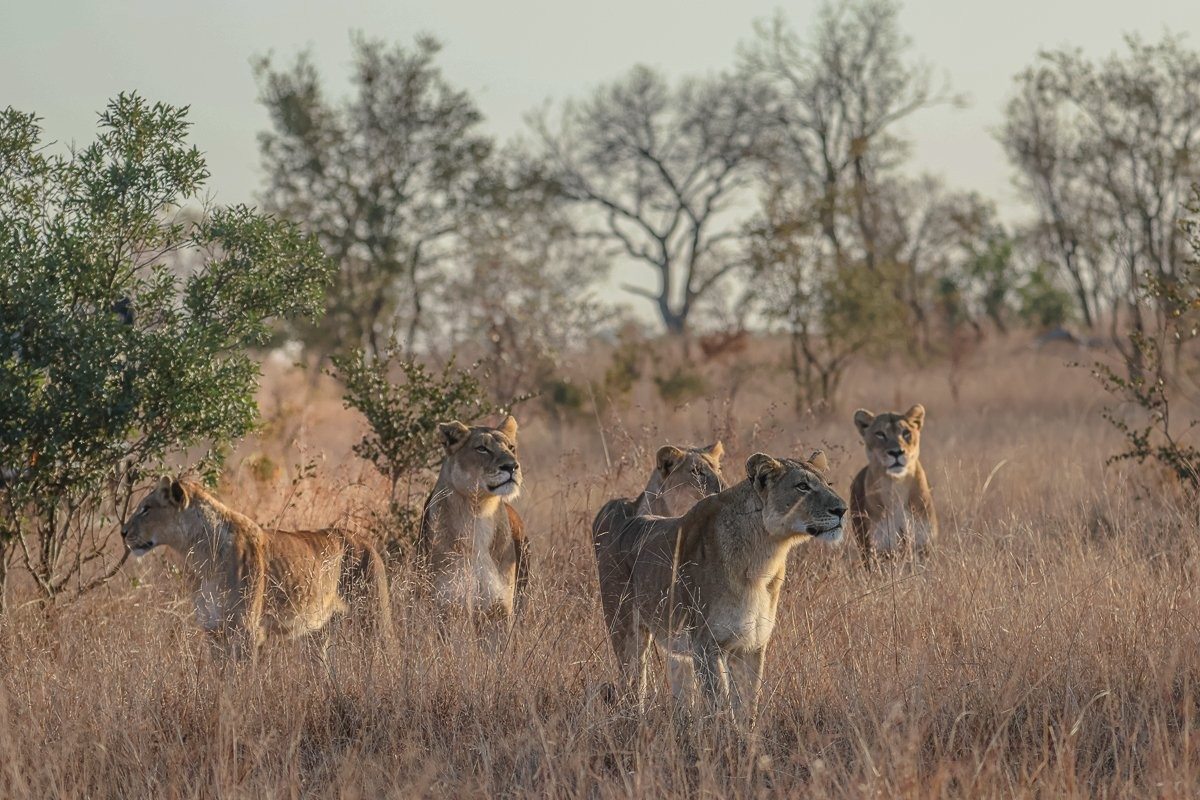
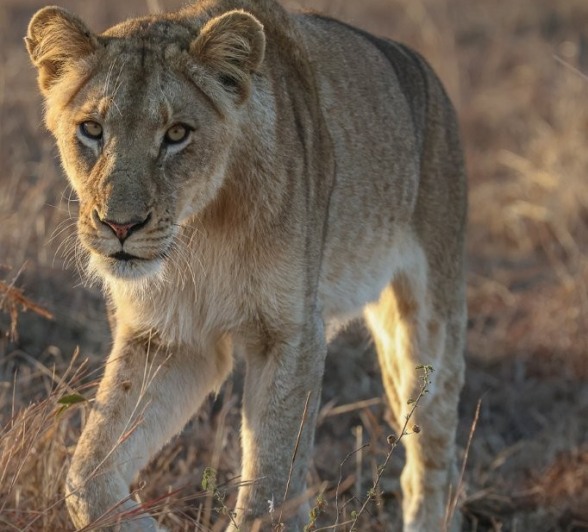
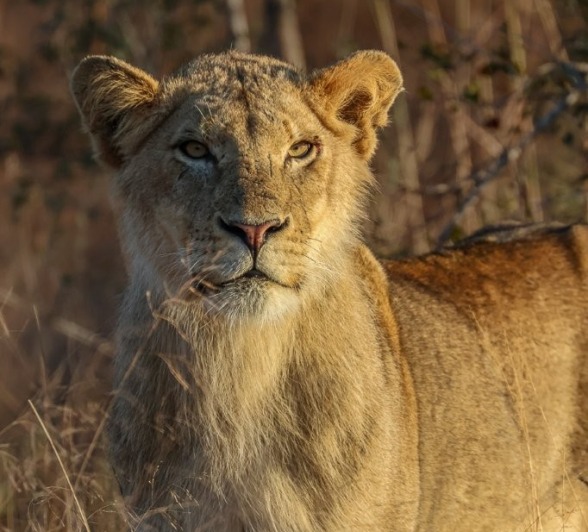
We set out on an afternoon safari with no expectation of seeing a cheetah. To our amazement, we came across a magnificent male perched on a termite mound, framed perfectly by the setting sun behind us. He was surveying the landscape, scanning for any last-minute hunting opportunities before nightfall. As cheetahs are diurnal hunters, he soon retreated into the treeline, likely to return to the open plains at sunrise to resume his pursuit.

In the late afternoon, a dazzle of zebra ran across an open area, preparing for another cold night in the bush. These animals are known to warm their bodies as much as possible before sunset to reduce the strain on their metabolism and help maintain a constant body temperature overnight.
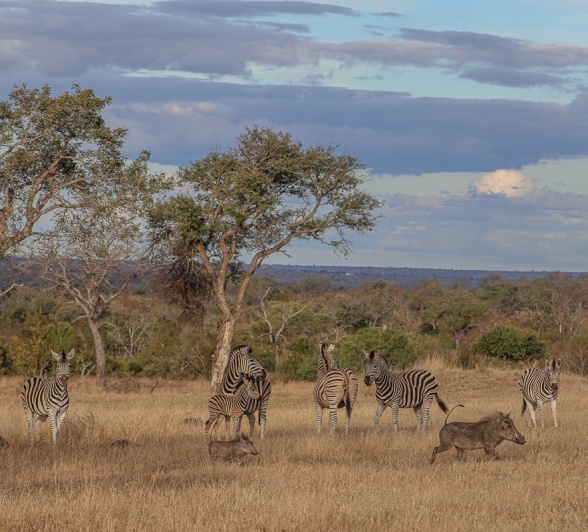
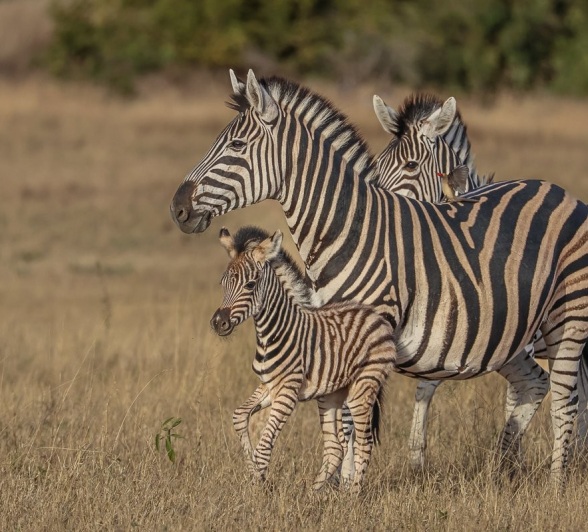
We watched as a large herd of buffalo approached the waterhole in front of Selati Camp, bathed in the golden light of the setting sun. They paused to quench their thirst before retreating into the nearby thickets, seeking the safety of cover for the night. These big herds are often shadowed by lions, so the buffalo remain constantly alert - massive bulls instinctively position themselves along the edges, acting as the first line of defence against any potential ambush.
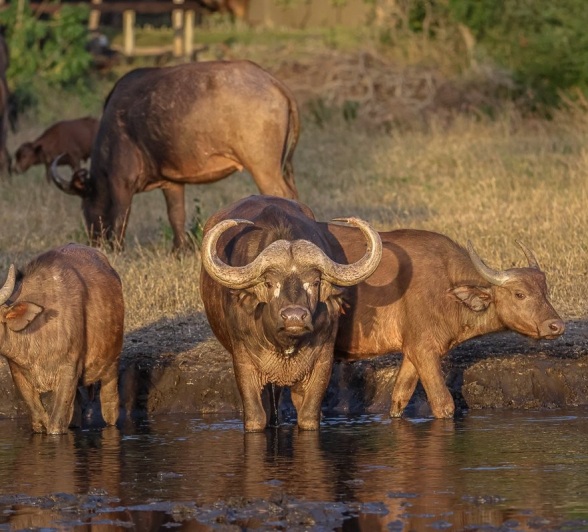
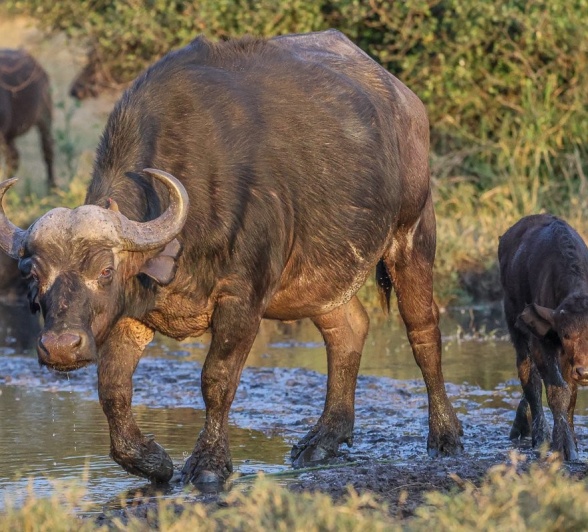
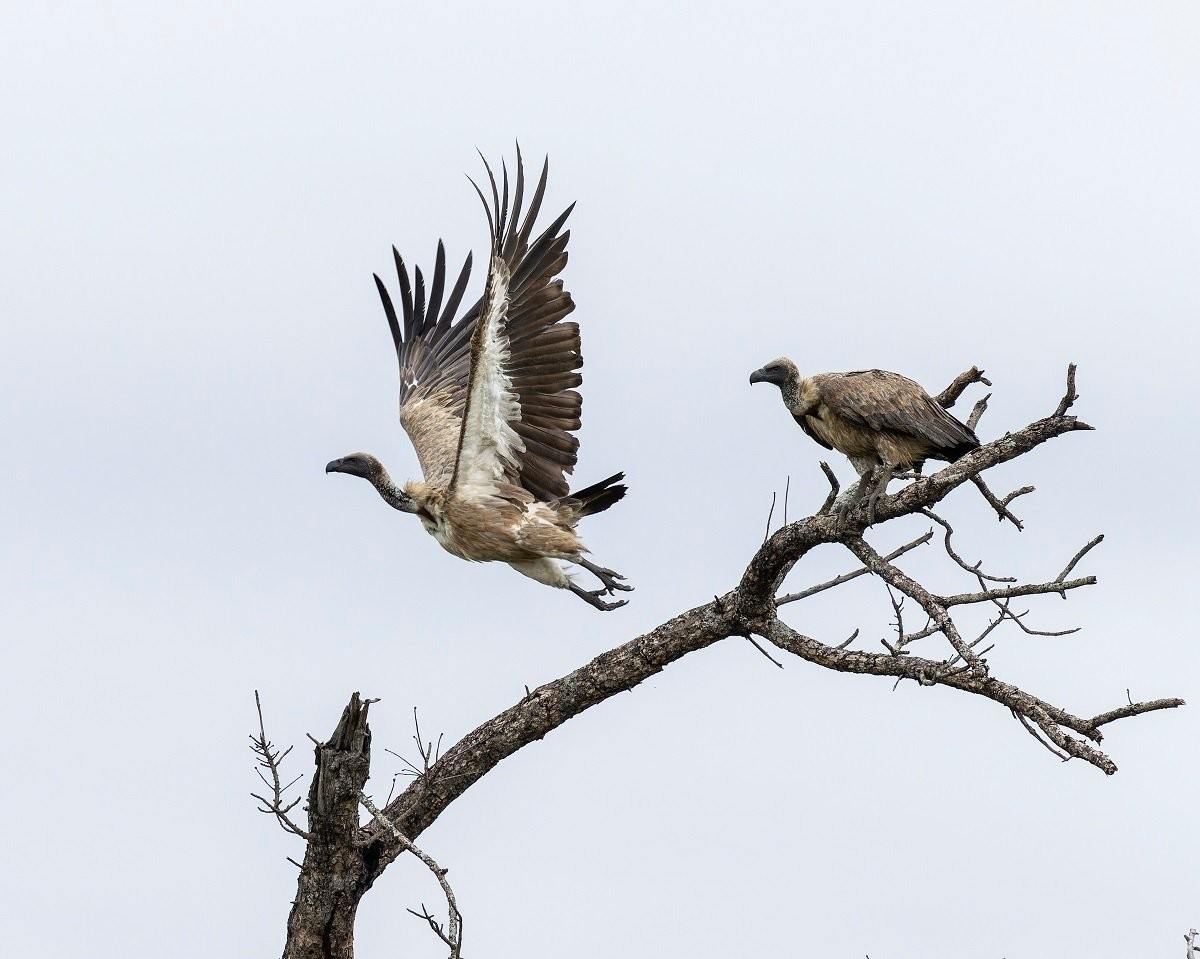
These young hyena cubs had discovered a new favourite toy - a branch. We watched as the three of them tumbled and tussled over it, chasing one another around their den site while the adults lounged nearby, keeping a watchful eye on the playful chaos.
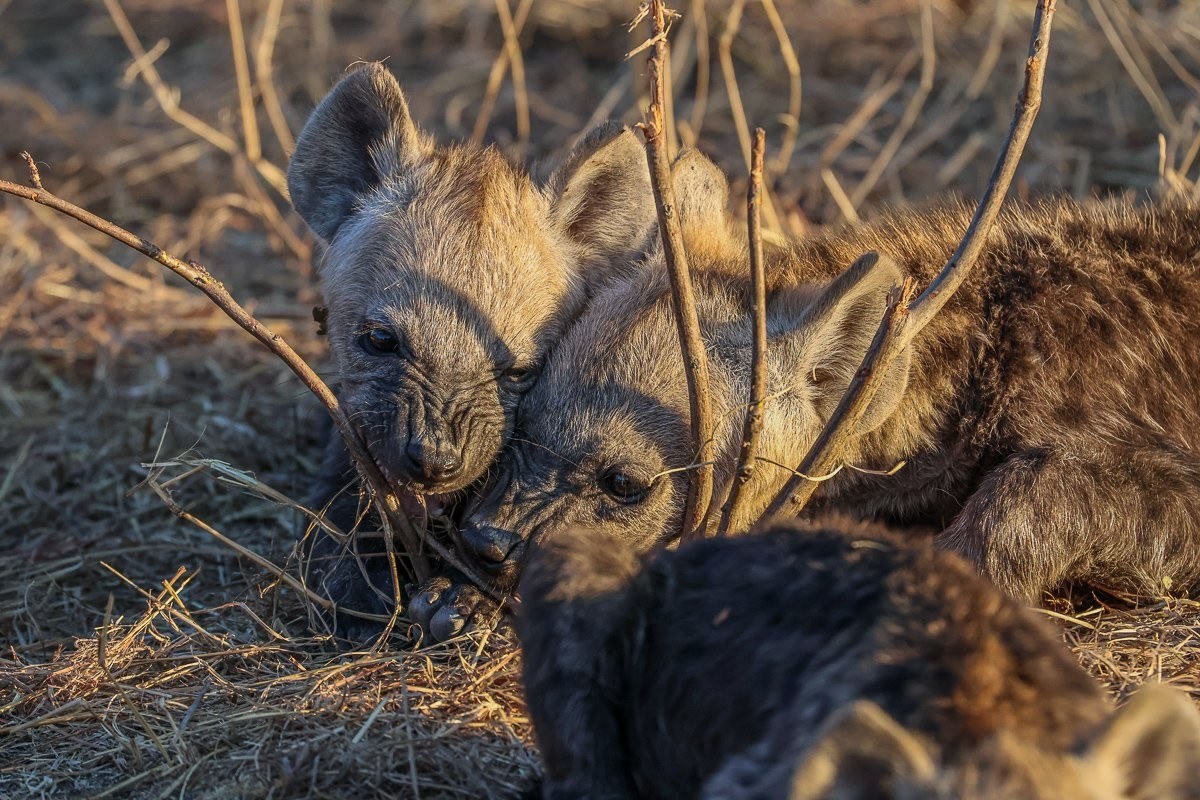
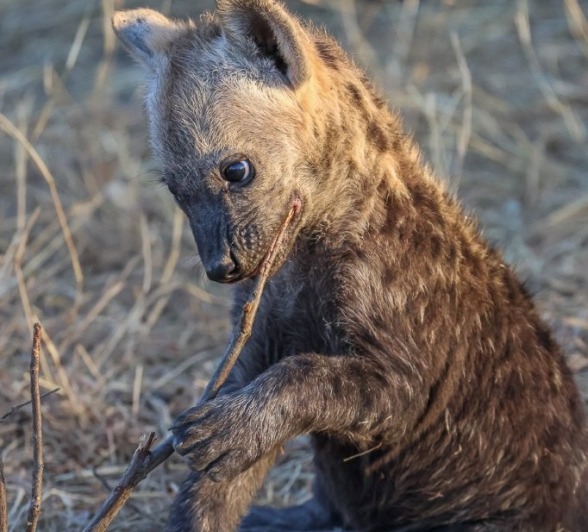
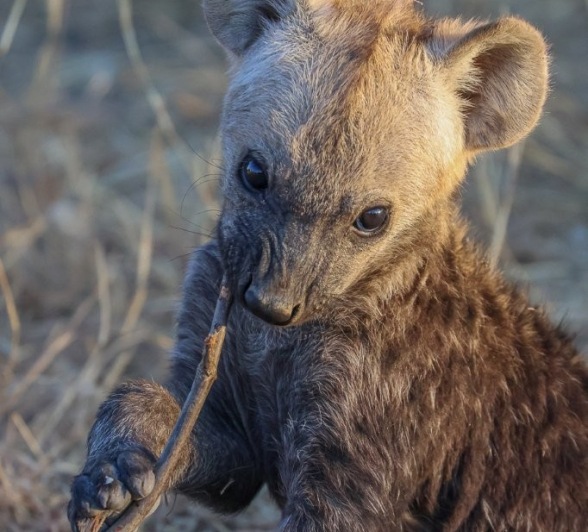
Until next time…
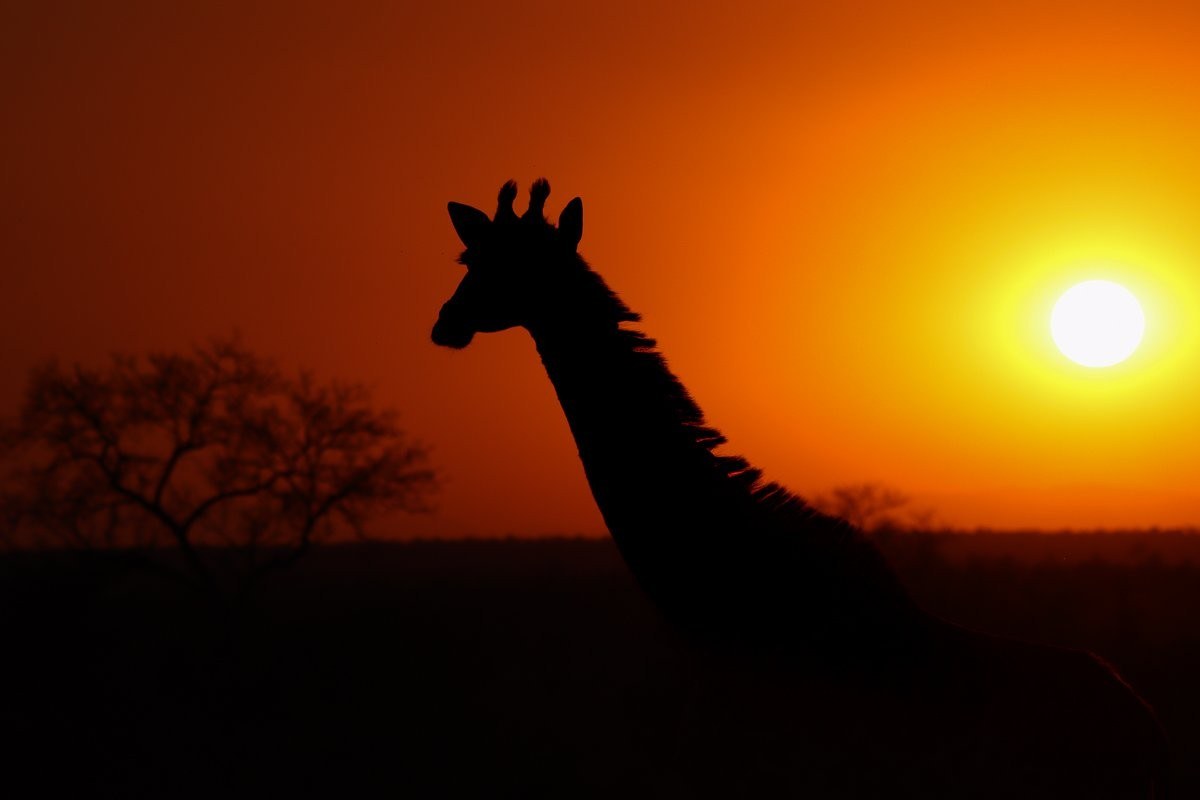
Blog by Wendy Claase
Images by Benjamin Loon, Ronald Mutero and Ruan Mey
Video by Ronald Mutero







